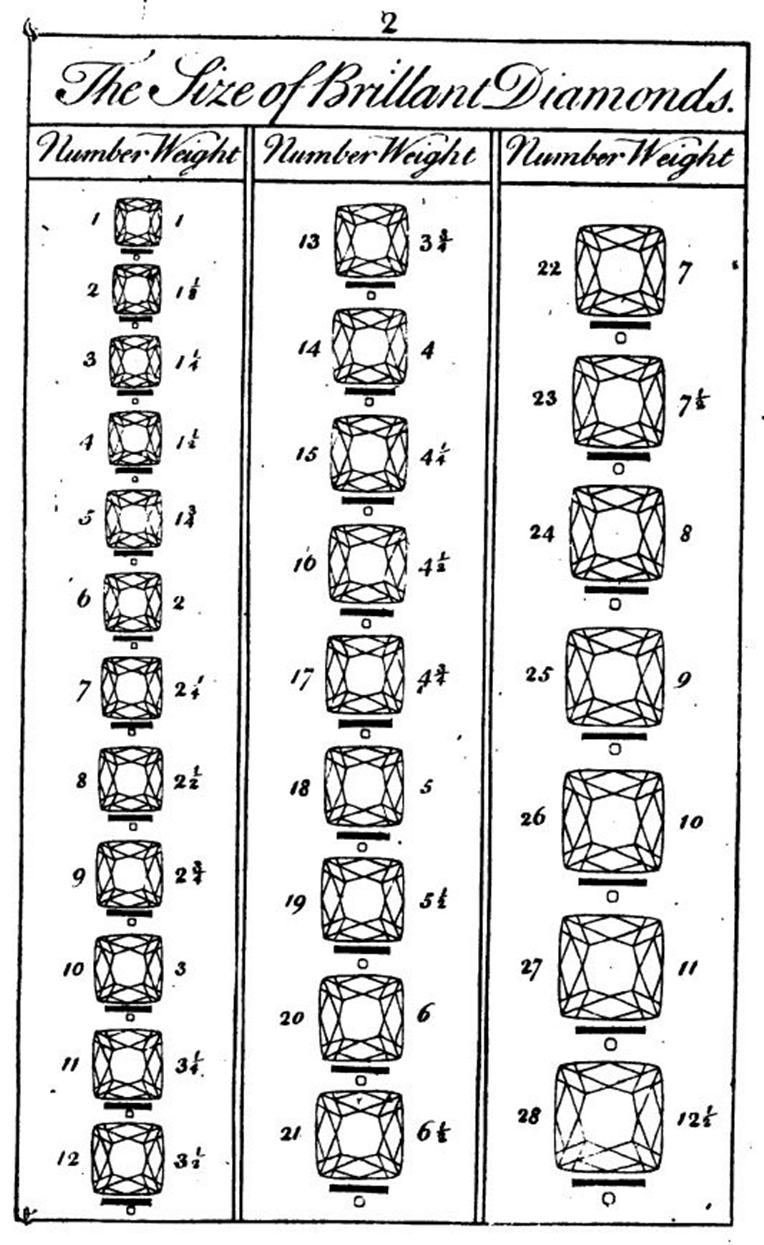Value in the Age of Reason (HI3T5)
Module Convenor: Michael BycroftLink opens in a new window
Office Hours: Thursday 4-5pm, Friday 10-11am, during term time, excluding reading week. I can do in-person (FAB 3.75) or on Teams at both times. For Teams, just call me on Teams - no need to make an appointment - although you may need to try more than once to get through. To meet outside these office hours, please send me an email to arrange a time.
Seminar times: Thursdays 11-1pm, in S0.17; Thursdays, 2-4pm, in FAB 2.33. These times and rooms apply for the whole 2024-5 academic year, except for weeks 7 and 8 of term 1, when the module convenor will be away. There will be extra seminars in week 10 of term 1, on the Monday evening and Tuesday evening, rooms and time TBC.
Readings and questions for each seminar are made available on Talis Aspire in advance of the seminar. (Type 'HI3T5' in the Talis Aspire search bar to find the list for this module.)
Module description
How do we know what to value? How do we distinguish between the good and the bad, the beautiful and the ugly? This module answers these questions by exploring the material world of Europe in the long eighteenth century. The period from c. 1650 to 1830 witnessed many new proposals for evaluating the material world, from window-shopping to telescopes. These proposals were part of wider historical processes such as war, consumerism, industrialisation, and the making and remaking of states and empires. To study material evaluation is therefore to study the formation of the modern world. The module covers a wide range of material things, from gold to brandy to horses. We ask how these were judged by men, women, artisans, enslaved people, farmers, bureaucrats, scientists and engineers, and others. The focus is on Britain and its empire, with several French examples considered as well. We bring these examples to bear on the present, where material evaluation is tied to debates about capitalism, environmentalism, the internet, the humanities, and much else.
Principal module aims
To integrate material evaluation into the history of the Enlightenment
To introduce students to the history of early science and technology, and to the community of historians who study it
To use historical examples to illuminate present-day debates about value
To engage with theories of value from the social sciences
To engage with literary sources, including maps, diagrams, letters, guild regulations, travel narratives, and scientific books and articles
To engage with the material world in creative ways, including through museum objects, historically significant landscapes, and replications of past experiments and observations.
Reading list
An indicative reading list can be found here.
Syllabus
Links to slides and handouts are posted here after each seminar.
TERM 1
1.2 The history of knowledge - no slides/handouts
1.3 The age of reason - no slides/handouts
1.4 Gold and the Atlantic slave trade - slides and handout
1.5 Sugar and the plantation system
1.6 READING WEEK
1.7 and 1.8 TUTOR AWAY
1.9 Coffee and Orientalism
1.10a Textiles and the Enlightened consumer
1.10b Horses, races, and pedigrees
TERM 2
2.1 Alcohol and the fiscal-military state
2.2 Muskets and the end of the Old Regime
2.3 Jewellery and the Industrial Revolution
2.4 Cotton and the Industrial Revolution
2.5 Wild card - students to decide topic
2.6 READING WEEK
2.7 Mineral water and the growth of towns
2.8 Air and social reform
2.9 Rocks and the discovery of deep time
2.10 Heaven and the discovery of deep space
TERM 3
3.2 Value in the age of smartphones
Assessment
Seminar contribution (10%). This will be based solely on students' contributions to seminars over the whole year. There is no class presentation. The assignment is simply to do the seminar reading, turn up to seminars, and contribute to the discussion in class. There is no self-reflection form to submit.
1500-word essay (10%). A review of one of the books on the module reading list, focusing on how the book deals with the theme of material evaluation. Students may also choose a book not on the reading list, but this must be approved by the module convenor. The book must be a secondary source, not a primary source.
3000-word source-based essay (40%). An essay that focuses on one primary source to shed light on material evaluation in the Enlightenment. To achieve this, the essay will also draw on other primary and secondary sources. Details here.
3000-word essay (40%). An essay answering a question of the students' choice and related to material evaluation in the Enlightenment. The questions discussed in seminars are a good starting-point for thinking about a suitable essay question. Questions will normally focus on one part of the material world, such as gold, water, coal, or mountains. They may also focus on a specific technique for evaluating things, such as weighing, tasting, or handling. Students are strongly encouraged to discuss their ideas for questions with the convenor.
Deadlines for this module are available on the History Department's overall deadline map.
Learning outcomes
- Demonstrate a systematic knowledge and understanding of material evaluation in the Enlightenment
- Critically analyse and evaluate a broad range of primary sources relating to material evaluation in the
Enlightenment. - Effectively communicate ideas, and make informed, coherent and persuasive arguments, relating to material evaluation in the Enlightenment.
- Critically review and consolidate theoretical, methodological, and historiographical ideas relating to material evaluation in the Enlightenment.
Seminar ground rules
- Do the homework
- Say what you think
- Be nice to each-other

